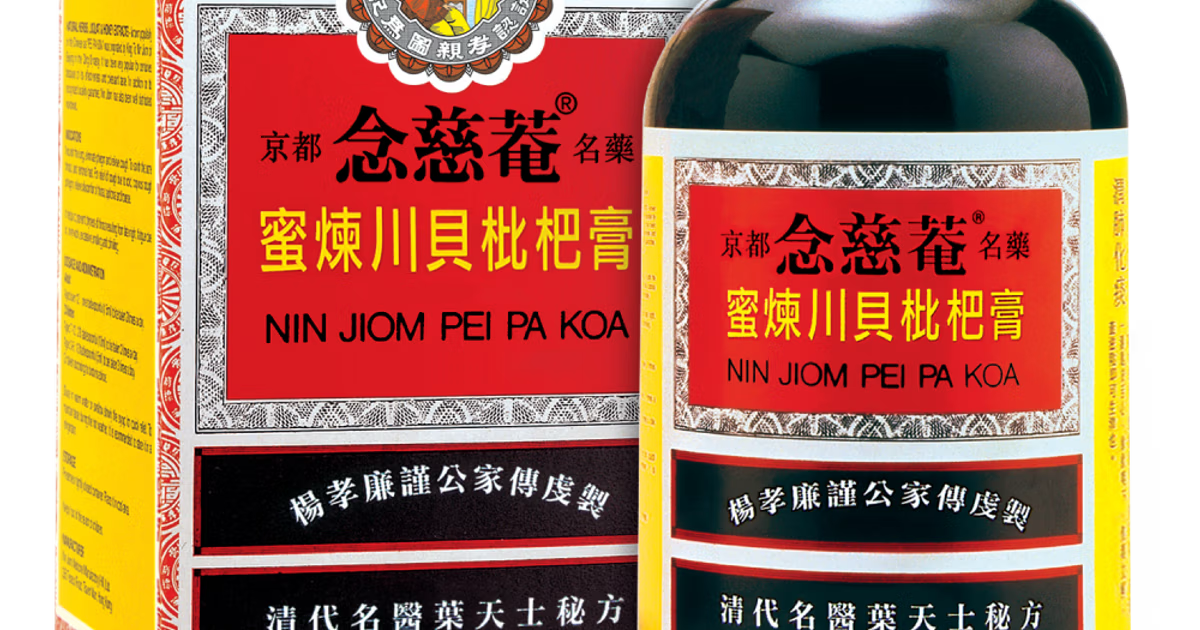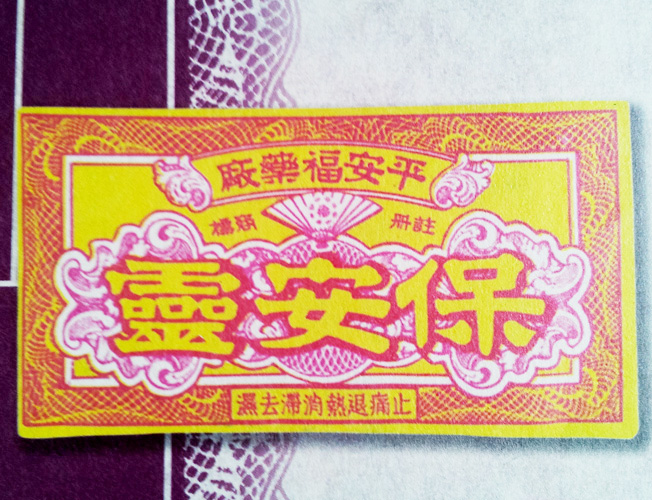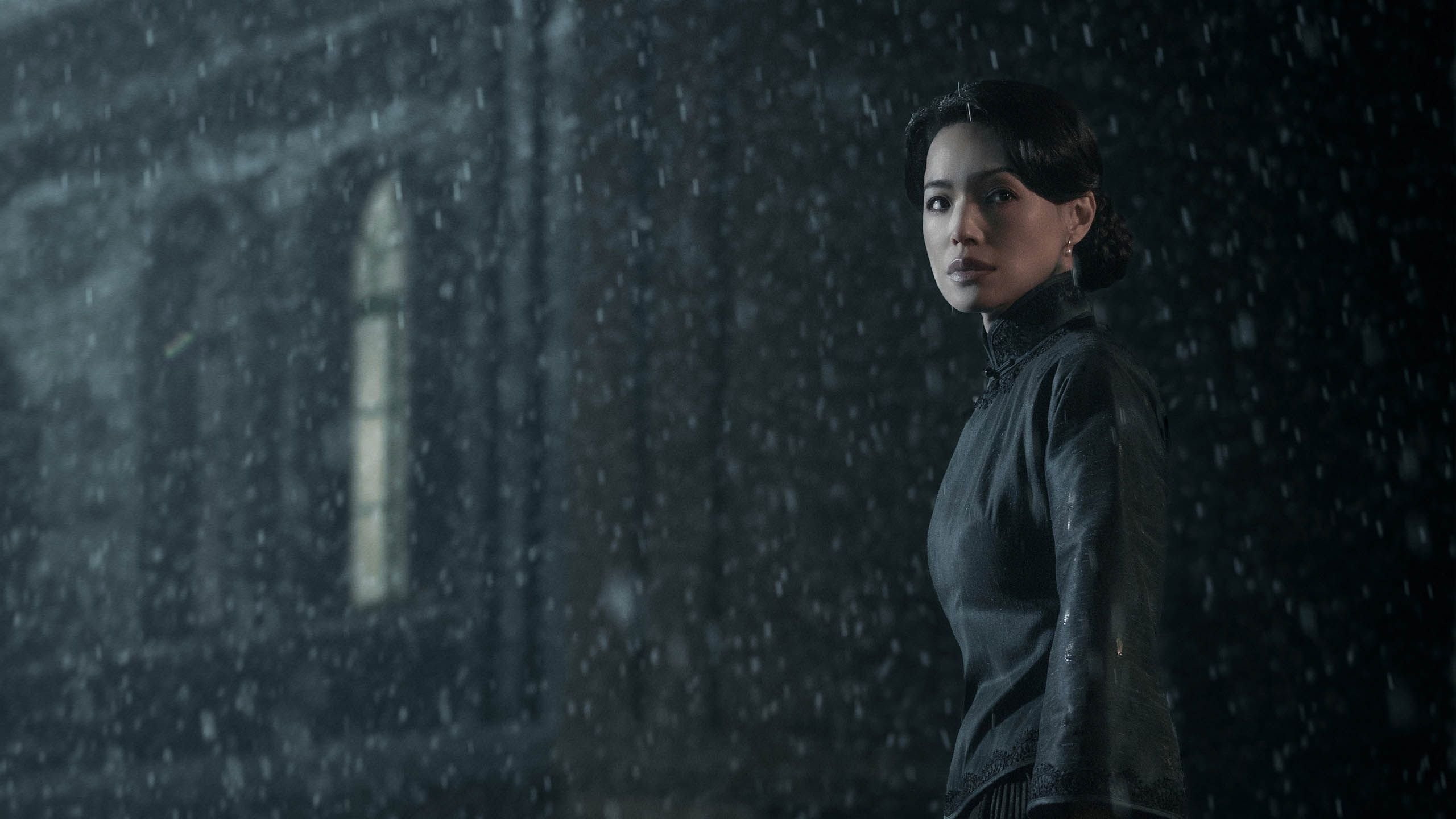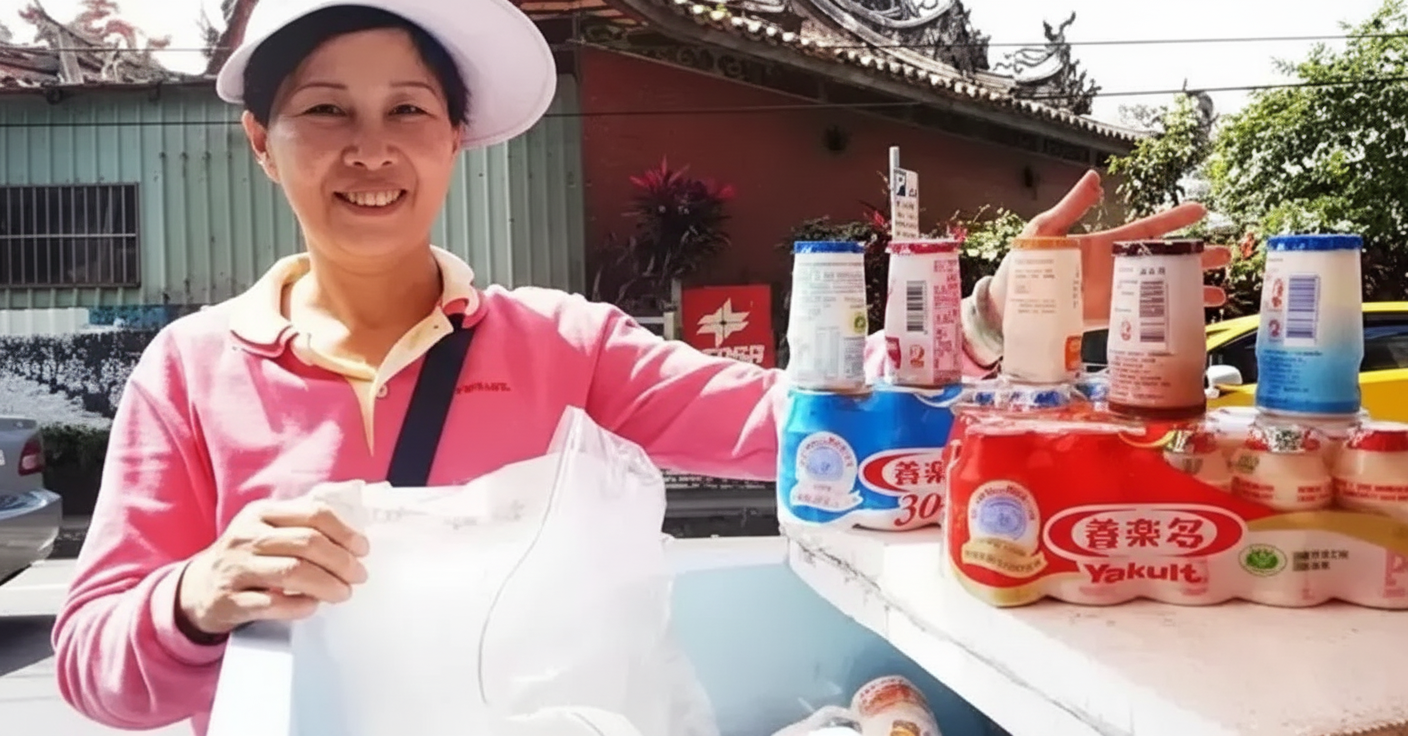Cai Qiubai is a kind, unassuming-looking elderly man. Running into him in a restaurant or on the San Francisco public bus line, you probably wouldn’t give him a second look, outside of noticing the youthful spring in his step. You certainly wouldn’t peg him as one of the world’s foremost qigong masters, but you can’t judge a book by its cover.
Master Cai started training at the age of six when his mother befriended Ah Shui, the man who would become his master. He taught Cai the basic stance, saw promise in the boy, and decided to take him on as a pupil. Cai went through the ceremony to become the youngest disciple of Ah Shui, and spent the rest of his life cultivating his practice.
During the Cultural Revolution, Mao assembled impressionable students into an ad-hoc militia called the Red Guards, and turned them against anything that constituted the “Four Olds.” Master Cai’s qigong practice fell under that umbrella, and he was held as a criminal. After Mao’s death, Master Cai was released, and he began teaching his art to others. The pursuit eventually led to him being flown to the US by a Christian mystic group to consult on energy-building. The year was 1989, and during his stay, Beijing saw the irreversible change of the Tiananmen Incident. Long before, on his death bed, Ah Shui had asked Master Cai to teach the practice to Americans — so when the US granted amnesty for Chinese nationals, Master Cai took the opportunity to move to San Francisco, where he continued to spread his style. But significant time had passed, and he’d been robbed of the opportunity to nurture a disciple. As the years pressed on, the Southern Shaolin Temple lineage of qigong wavered on the edge of extinction.
 Everything You Need to Know About Gong Shou Dao, Jack Ma and Jet Li’s New Bid for Olympic Kung FuArticle Dec 13, 2017
Everything You Need to Know About Gong Shou Dao, Jack Ma and Jet Li’s New Bid for Olympic Kung FuArticle Dec 13, 2017
A week ago, I went down to West Nanjing Road to meet with Peggy Liu. Peggy holds a chair at an environmental non-profit, and is obsessed with changing how we approach sustainability, in the environment and in ourselves. She’s also a longtime practitioner of Southern Shaolin Temple qigong through Master Cai. In her high rise loft apartment, we kicked off our shoes for a qigong session. Fresh pizza dough baked in the oven, and Bruno Mars’ Uptown Funk tumbled out of a Fender amp.
“The kind of music isn’t important. It just gives you something else to focus on. Anything that takes your mind off your body is good.”
She showed me the posture three times. Once at normal speed, once more slowly, and once at a frame-by-frame crawl. I copied her, and we held the pose together. We swept our feet out in little circles, then into a shoulder-width stance. We held our arms out ballet-style, relaxed without breaking the line, and sat back into a tai chi squat. Then we just stayed there.
Peggy had asked me if I could handle five minutes, and I’d responded that thirty minute tai chi sessions were no problem for me. Two and a half minutes into the qigong stance, sweat pooled on my chin, dripping onto Peggy’s nice marble floors.
“Are you good?” Peggy asked me, noticing I was not good. My knees were doing a James Brown butterfly of their own accord.
“Yes please continue.”
Peggy told me about Master Cai and her relationship with qigong. As a huge health nut, of course she was enamored with it. Qigong, she told me, was useful for all sorts of things. Energy, longevity, the immune system, healing, mood — everything. It should be noted that Peggy radiates youth and energy in every direction. Her tempo and emphasis picked up the more she talked about qigong.
“The three of us are really passionate about it,” she admitted, referring to her qi brother and sister. “My job is outreach, spreading the word. Albert practices healing, and Angela teaches and passes on the technique.”
“She might be one of the highest level female qigong practitioners in the world,” she added.
As we rounded up on what I’m pretty sure was more like seven or eight minutes of qigong, my muscles buzzed with a steady heat. I was still sweating, still shaking, but there was a profound sense of rigidity and stability in my posture. I could breath normally, and I didn’t feel like I was fighting against myself to hold the shallow bent-knee stance. And just like that, we were done. We closed the position and went back to the kitchen. Peggy told me if I felt myself getting sick, I should do this a few times to shake my body back onto the path of homeostasis. But of course, doing it every day was preferable.
My whole body continued to feel warm and active while we ate pizza. Afterwards we sat down and watched videos of Master Cai teaching, and of his students. Foremost among them was Angela, who had rerouted her career path at thirty to become Master Cai’s main disciple.
Qigong is a detail-oriented art, and the difference between a student and a master is measured less in straightforward knowledge than it is in years of experience. Teaching is the biggest responsibility someone can bestow, since it either dilutes or empowers the future of the style’s lineage. A teacher needs to have spent enough years consistently practicing, not only to understand the surface level technique (“bend your knees, hold your arms like this”), but the finer details that a novice wouldn’t notice or think about.
To me, Peggy was a qigong expert. But she shied away from the title, and pointed to Angela’s mastery as far exceeding her own. I had Peggy send me her contact on WeChat, thanked her for dinner and took the elevator down to the lobby.
Angela is even deeper in the qigong web than Peggy. Her practice is a daily one, and one that constituted an abrupt career change in 1991.
“When I felt and saw the difference in my body from qigong, I felt if everyone in the world knew the practice just a little bit then we wouldn’t be as sick or diseased. To really understand it, I went back to school for my masters in Chinese medicine at thirty years old. To understand the depths of qigong, I needed to understand the depths of Chinese medicine.”
Angela’s commitment to the study is impressive. But it’s the result of her conviction that qigong really does have the capacity to change people’s lives around the world.
“Preserving any Shaolin qigong style is important. The biggest reason to me is because it gives the power of healing to the individual. Once you’ve studied enough, you wouldn’t need a practitioner to help you. And in case there’s a nuclear meltdown and we lose access to medical resources, at least we could help ourselves.”
In Master Cai’s style, static stances are used rather than moving forms. Angela’s seen more growth from these postures than she has from any other style of qigong she’s practiced — but it’s not easy to spread the system. The techniques are “not very Hollywood.” No leaping crane, no crouching monkey. It’s just about the individual and their sense of awareness with their own bodily energy flows, and not everyone is down to commit to the journey.
“The challenging thing about keeping people interested is that the results are mild at first and pick up momentum in the long run — and people do need to actually practice. It’s like tasting the wine when you’ve just put it in the barrel. It doesn’t seem like much at first, but you’ll experience major effects of qigong in six months to a year.”
With the world in a peak state of spin, her message rings truer than ever. We forget to ground ourselves in traditions that stretch back as long as we do, and we slip further away from the central currents that make us human. Attention spans shorten as we scroll through feeds, our sedentary lifestyles pull us deeper into sedation, and into a series of mental and physical imbalances that are more likely to be treated with a box of pills than a thorough self-examination. That’s not to say pills aren’t a valid path to a better life for a lot of people. But especially with pharmaceutical companies pulling strings behind the scenes, Angela’s passion for qigong as a base way to care for ourselves made a lot of sense to me. Angela puts it more succinctly than I do:
“I feel in some ways, humans have moved away from our primitive and instinctual self. Qigong is a way to swing back towards being more in touch with our physical instincts.”

Angela and Master Cai
Master Cai still makes time to spread the art. Watching videos of him correcting students’ posture or rhythm, you’d be surprised at the energy and resonance in his voice. Qigong could be for anyone, but to make it a lifelong practice is a different matter altogether. There aren’t so many people these days willing to make that kind of commitment to an art form that’s not impressive, exciting, or lucrative in the short term.
But obviously, there are a few. Angela, Peggy, and Albert are just three students, but they’re passionate about sharing qigong with a new audience. And that might be the audience that needs it most — you and me, in between Instagram binges and unnecessary hangovers. If we can cure some of the ailments of our modern condition, and preserve a centuries-old tradition at the same time, that’s a win-win.















